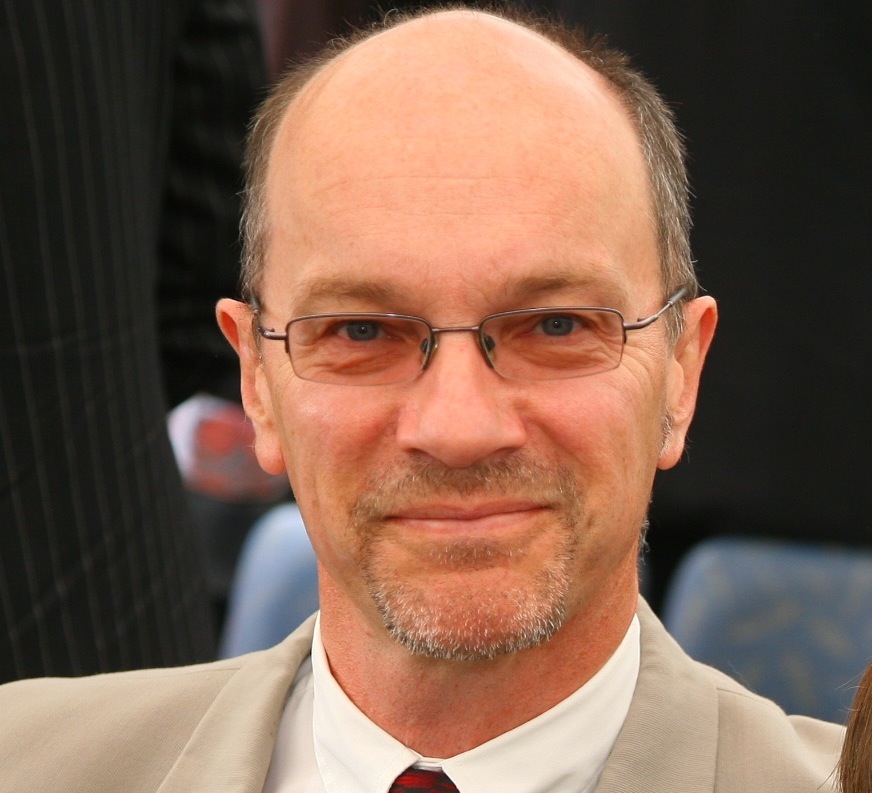
 |
Professor Jon Skinner
MB ChB, DCH, MRCP(UK), FRACP, FCSANZ, FHRS, MD
Children’s Heart Rhythm Specialist, Starship Child Health; Honorary Professor, Department of Child Health, The University of Auckland, Auckland, NZ |
|
Jon runs the national arrhythmia service for children and adults with congenital heart disease. He chairs the Cardiac Inherited Diseases Group, which runs the NZ national cardiac inherited disease registry and multidisciplinary investigative service of young sudden unexplained death. Jon chairs the genetic council of the Cardiac Society of Australia and New Zealand, and the Trans-Tasman Response against sudden Death in the Young (TRAGADY). He is an editorial board member of Heart Rhythm and has authored over 120 peer reviewed scientific articles, with a focus on sudden death syndromes. How the
Intensivist can Prevent Sudden Cardiac Death in the Young The Intensivist’s role is primarily in response to a crisis. Of course prevention is always better than cure, and following a cardiac arrest the identification of a familial condition can ultimately lead to other family members being detected and protected. Following an unexplained (“autopsy negative”) sudden death in a young person, genetic testing in the deceased and family cardiac screening has been shown to reveal a diagnosis such as long QT syndrome, Brugada syndrome and CPVT (catecholaminergic polymorphic ventricular tachycardia) in over 30% of cases in children and youth. If the person presenting with cardiac arrest is still alive, even if supportive care is to be withdrawn, cardiac tests, including drug provocation tests such as adrenaline, adenosine and ajmaline challenges can reveal a hitherto concealed diagnosis in more than 60% of cases, including in adults. Such findings guide tests in family members and potentially avoid large sums of money being spent on testing family members with genetic testing, echocardiography, stress exercise testing and cardiac MRI for example. This talk presents a protocol for the investigation of cardiac arrest on intensive care and gives examples of how this can make a real difference in preventing sudden death in the community. |